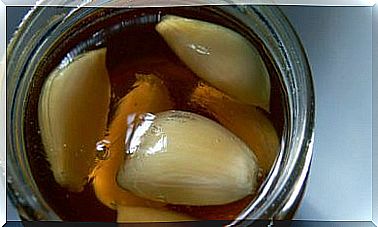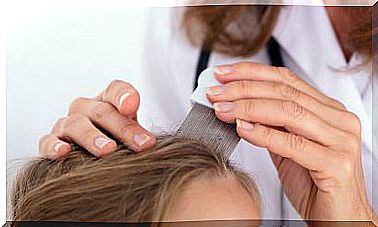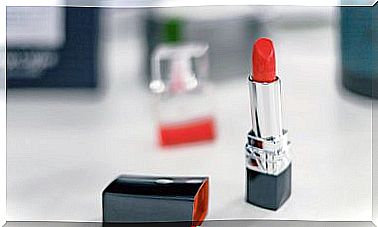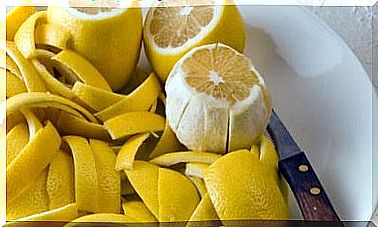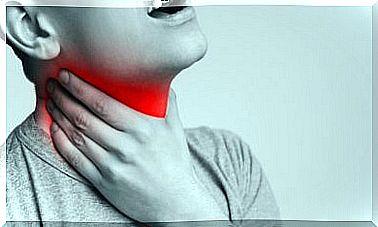Paronychia: What Is It And What Are Its Treatments?
Paronychia is an infection of the skin around the fingernails or toenails. According to medical organizations, this pathology manifests itself at the base (cuticle) or on the sides of the nail. The affected area is reddened, with a pus-filled blister, and is more tender to the touch.
Like any infection of a bacterial or fungal nature, there is an associated (although very low) risk that the focus will spread to other tissues. Therefore, it is essential to detect the disease promptly and to remedy it effectively. Here we tell you, then, what is paronychia and what are its symptoms and treatments.
What is Paronychia?
As we have said previously, this pathology responds to an infectious process around the nail. Studies indicate that the nail plate (a horn tissue located on the distal end of the back of the fingers) shows inflammation. In addition to that, there is a destruction of the cuticle (hard part of the nail), sometimes accompanied by suppuration.
This infectious disease can be classified in different ways, depending on medical criteria. We present them below.
According to the causal agent
The pathogen that generates the disease will determine its permanence and severity. Official sources, such as the United States National Library of Medicine, report that there are two types of paronychia according to the agent:
- Acute: of bacterial origin, due to streptococci, staphylococci or pseudomonas. It appears suddenly, does not last long and is usually located on a single finger, usually the hand.
- Chronic: caused by fungi of the genus Candida. It occurs in more than one finger and is associated with a longer recovery period with possible relapses.
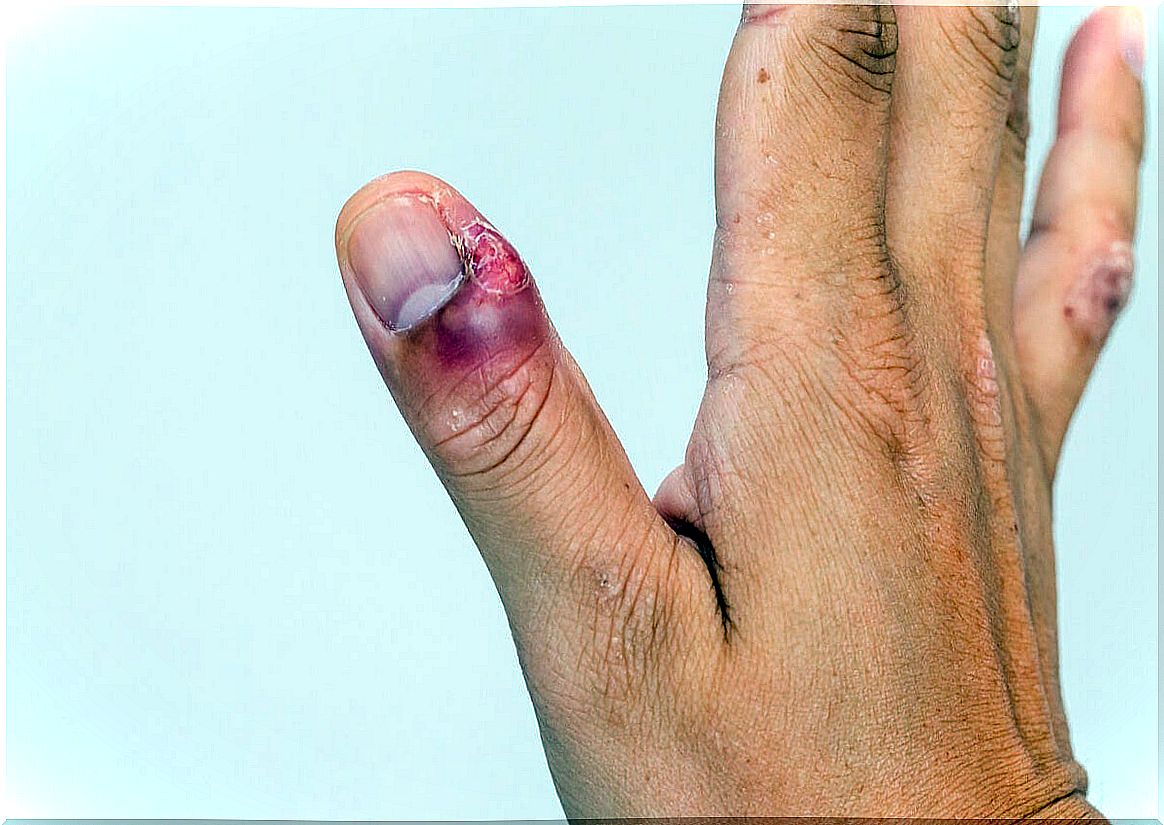
According to its severity
The previous classification is very useful from an epidemiological point of view, since it allows knowing what to expect from the disease according to the pathogen that causes it. Still, from a surgical prism, it is necessary to distinguish paronychia based on the severity of its symptoms. Sources cited above collect this classification:
- First degree: when the bacteria have not penetrated very deeply. A localized pus blister forms.
- Second degree: appearance of an abscess (accumulation of pus) in the nail bag, due to increased bacterial penetration.
- Third degree: when the abscess extends to the subcutaneous adipose tissue.
- Fourth and fifth degree: deeper affectations that can reach the bone or manifest in the form of necrosis (tissue death).
As we have seen, this infection becomes more serious the more the bacteria delve into the affected tissue. For this reason, it is essential to detect it quickly to avoid the rare, although possible, complications.
Symptoms and causes
The symptoms of paronychia depend on the microorganism that causes it and the level of severity of the infection. Official portals collect some of the most obvious clinical signs, among which are the following:
- Pain, swelling, and redness at the base of one or more nails.
- Appearance of pus-filled blisters located in the area of infection.
- Changes in color in the nail or separation of it from the fingertip.
- In case of spread of the bacterial infection to the rest of the body, the patient may experience fever, chills, malaise and muscle pain among other symptoms.
Why is it produced?
The causes of this infection are linked to the ease of entry of pathogens, beyond external skin barriers. Ongoing mechanical damage, such as nail biting, finger sucking, or atypical growths with lesions, can predispose to the onset of the disease.
On the other hand, according to scientific studies, exposure to continuous humidity promotes the appearance of fungal infections. For this reason, people with professions related to water handling (washing dishes or cleaning, for example) are more susceptible to suffering chronic paronychia due to Candida.
Another risk factor may be diabetes, as clinical investigations have observed that, in monitored patients, up to 30% of those with fungal nail infections were diabetic.
Treatment of paronychia
This type of infection is usually self-healing, that is, it resolves itself after a few days. It is recommended to soak the affected nail in warm water several times a day to reduce symptoms.
In case of a dissemination of the inflamed area or the appearance of abscesses, a visit to the doctor is mandatory. Antifungals or antibiotics may be prescribed depending on the causative agent. If the abscess is complicated, localized surgical intervention may be necessary.
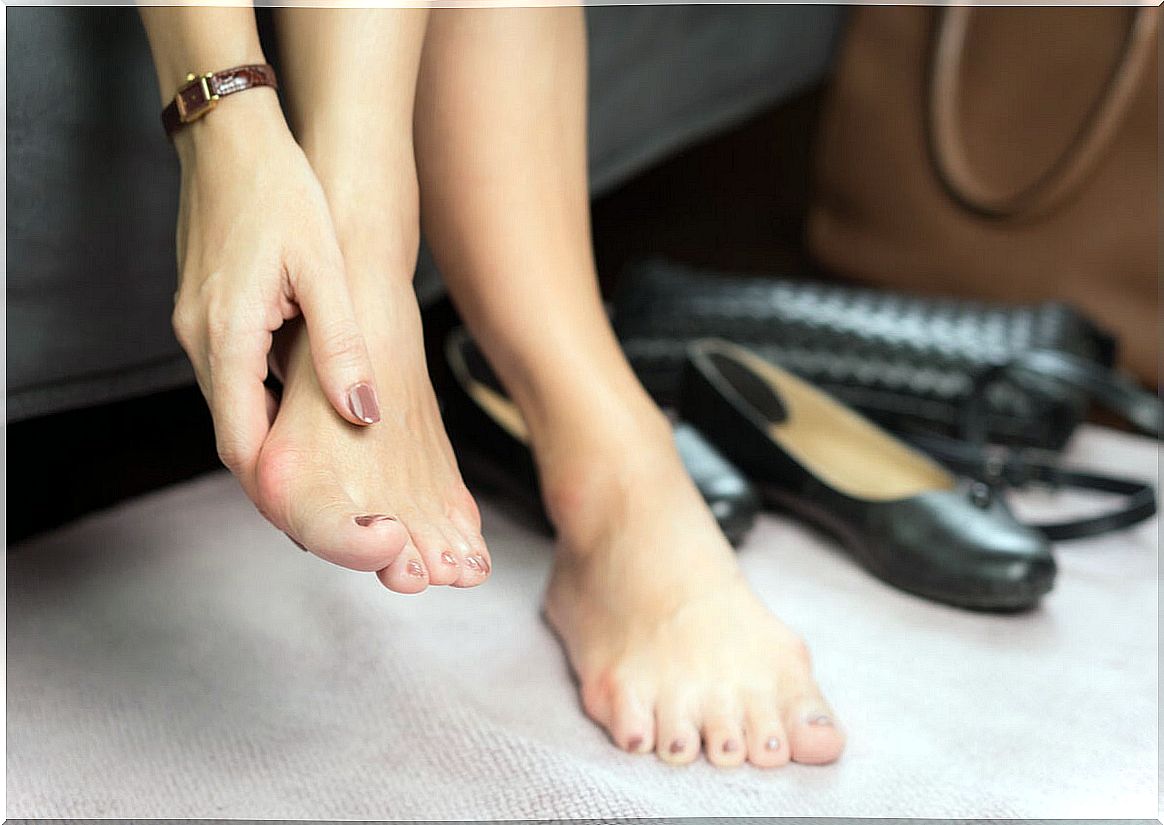
Paronychia: what to remember?
As we have seen, this disease is characterized by its infectious nature located in the nails. In the case of being produced by bacteria, a special type of treatment is not always necessary, but Candida infections may require medical intervention.
To prevent this type of pathologies associated with nails, it is essential not to bite them, cut them regularly and go to the podiatrist in the event of abnormal growths. The skin is our first defense barrier; it is essential to take care of it and not subject it to unnecessary stress.

